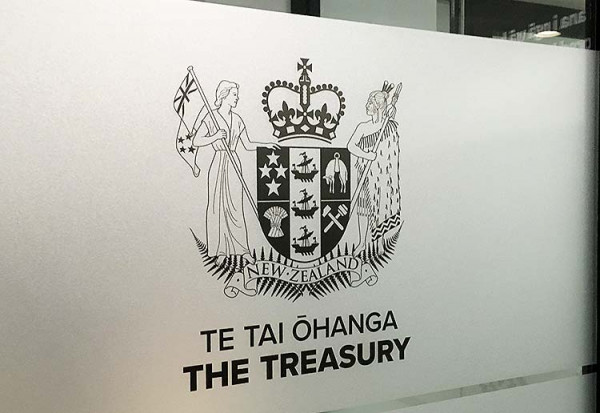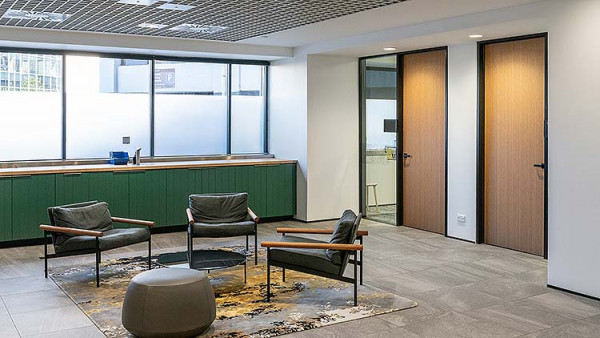Primary, secondary and neutral branding
Primary branding is prescribed by Te Kawa Mataaho Public Service Commission. Secondary branding is agency specific, and neutral branding has no affiliation with any particular agency.
These guidelines may not be appropriate for all entities, particularly where an agency needs to be viewed as independent from central government, or where an agency provides a transactional service to the general public.
Primary branding
Primary branding is not agency specific – for most agencies it will be the New Zealand Government logo, as prescribed by Te Kawa Mataaho.
It should be enduring and clearly on display in reception and public interface areas, and as primary signage on the main directory. If an agency relocates from a building and another agency takes the space, the primary branding stays in place.
Primary branding can be used in combination with secondary branding, for example the New Zealand Government logo together with an agency logo.
Displaying the New Zealand Government logo means an agency aligns with the objectives of this logo:
- Tapatahi | Unity – To visually reinforce a unity of purpose across the public sector, providing cohesion across the diversity of individual departments, agencies and other entities.
- Hōrapatanga | Visibility – To increase visibility of government services by improving public recognition through consistent imagery linking government-funded services, programmes, products and infrastructure.
- Ngākau Pono | Trust – To develop and promote trust through the clear identification of government initiatives and services.
- Pūataata | Transparency – To support increased transparency of government spending.
New Zealand Government identity – Te Kawa Mataaho

The New Zealand Government logo, compact coat of arms version

